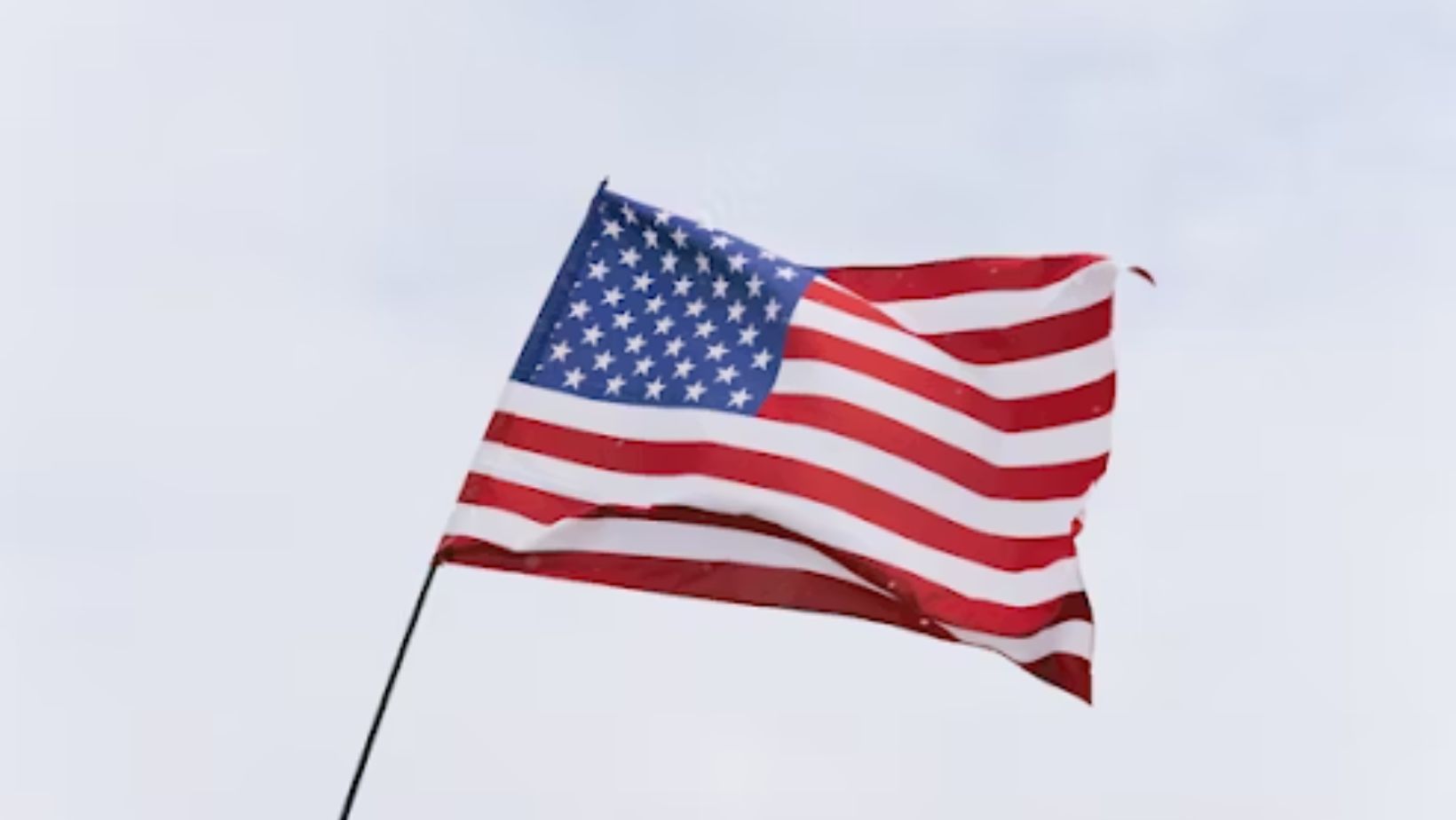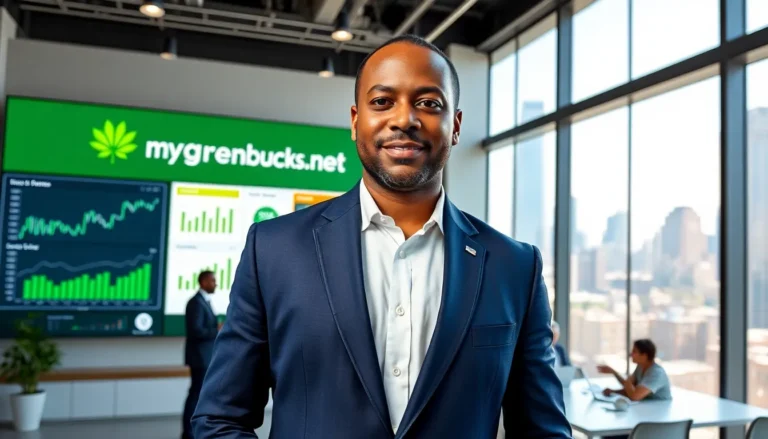August 2025 went down in history as the month when Mexican authorities carried out one of the largest extradition operations in recent decades. The decision to hand over 26 leaders of the largest drug cartels to the United States was the result of lengthy high-level negotiations. Washington openly demanded that Mexico demonstrate determination in the fight against organized crime, and a new wave of political pressure from Donald Trump’s administration accelerated the process.
The preparation for the operation lasted more than six months. The army, federal police, and units responsible for border security participated in it. American intelligence agencies, particularly the DEA and FBI, provided advisory and analytical support, sharing information about the whereabouts of suspects and their activities. All of this turned the extradition into not just a legal step but a true military and political action.
26 Cartel Leaders Handed Over To The USA
Among the extradited were names that had appeared for many years in law enforcement reports. These include leaders of the Sinaloa cartel, senior commanders of Los Zetas, as well as representatives of the Jalisco New Generation. In the United States, they are charged with large-scale drug trafficking, murders, kidnappings, and laundering billions through banking and offshore schemes.
The U.S. Department of Justice stated that these individuals organized supply chains of cocaine and methamphetamine, which ended up in Chicago, New York, Los Angeles, and other cities. According to American experts, the total volume of drugs that passed through their hands is estimated to be hundreds of tons.
For Mexico, this event holds symbolic significance: the government demonstrated its willingness to cooperate with Washington despite internal criticism. Unlike countries with no extradition treaty with US, where the USA often faces refusals, Mexico confirms its role as a strategic partner.
How Did The Extradition Agreements Work?
The legal basis of the operation was the extradition treaty between the USA and Mexico, concluded back in 1978. However, its application is gaining increasing significance precisely in the 21st century. In the early years, the agreement operated with interruptions: delays, bureaucratic obstacles, and political pressure hindered the swift execution of requests.
The situation changed after the 2000s when the integration of the security systems of the two countries intensified. The extradition of 26 leaders in August 2025 became possible thanks to carefully prepared materials: the USA presented translations of warrants, court decisions, and evidence into Spanish. Mexican courts confirmed their sufficiency, and the process proceeded in an expedited manner.
The political component was no less important. Donald Trump had promised during his campaign to fight drug cartels harshly. For the Mexican administration, supporting these efforts meant maintaining trade and diplomatic relations amid new negotiations on migration and security. Thus, the extradition became both a legal and political gesture.
Cartels Lose Influence After Extradition
The mass transfer of leaders deals a serious blow to the internal structure of the cartels. Leaders accustomed to managing multimillion-dollar flows end up in American prisons, where conditions rule out the possibility of coordinating business. According to experts, just a month after the operation, the Sinaloa and Jalisco cartels faced internal conflicts: secondary commanders began a struggle for power, which led to temporary destabilization.
However, it must be acknowledged that history teaches caution. The elimination of leaders does not always signify the end of the organization itself. Vacant positions are quickly filled by new figures, and cartels adapt, changing supply routes and methods of operation. Nevertheless, extradition remains the most effective tool: in the U.S., the likelihood of long sentences or life imprisonment is extremely high. In Mexico, however, many criminals continued to run their operations directly from prisons, which nullified police efforts.
An illustrative example is when a previously extradited cartel leader was sentenced by an American court to life imprisonment without the possibility of parole. This served as a signal to other participants: in the event of arrest and extradition, they face the actual end of their criminal career. That is why the practice of Mexico extradition to US is considered the most effective measure of influence on criminal organizations.
Experts Comment On The Consequences
Lawyers and analysts agree that the August operation will become a turning point. For the U.S., it is confirmation that extradition mechanisms are working. For Mexico, it is a demonstration that the country is capable of cooperating despite internal risks.
However, this step also has a downside. Within Mexico, voices are being raised claiming that mass extraditions undermine the country’s sovereignty. Political opponents accuse the government of acting under pressure from the United States. Moreover, each large-scale extradition of leaders leads to a surge in violence: as early as September 2025, dozens of shootouts related to the struggle for influence were recorded in the states of Guerrero and Jalisco.
At the same time, the long-term consequences are assessed positively. Extraditions deprive cartels of the ability to use Mexican prisons as headquarters, reduce their resources, and make leadership vulnerable. The international community views Mexico’s move as a signal to other Latin American countries: cooperation with the USA in the field of security is becoming a mandatory element of modern policy.
Conclusion
The extradition of 26 cartel leaders from Mexico to the USA became an unprecedented event, combining legal precision and political will. For the USA, it is a victory in the fight against drug trafficking, for Mexico — a demonstration of partnership, and for the cartels — a serious blow to the leadership elite.
Even if new leaders replace those arrested, the very logic of the process shows: the space for unpunished activity is shrinking. If earlier criminals could feel safe moving between jurisdictions, now even countries previously cautious about extradition are increasingly cooperating. Mexico, setting an example, has effectively pushed the region into a new era of interaction.
For the USA, this case will become an argument in negotiations with other Latin American countries, where cartels remain strong. If cooperation expands, the number of places where one can hide from justice will become minimal. Unlike countries classified as countries with no extradition treaty with the US, Mexico in 2025 clearly made it known: shelter for cartel leaders is no longer guaranteed.





